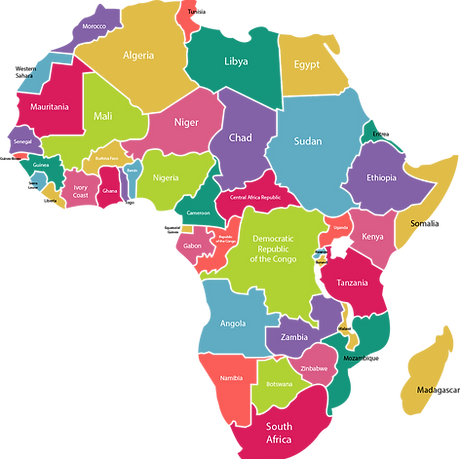WHY CARE FOR CONGO?
CONGO'S COLONIAL HISTORY
In the latter part of the 19th century, Western European nations took part in the “scramble for Africa”. At the 1884 Berlin Conference, shocking arbitrary maps were drawn to annex and divide the Continent. King Leopold II of Belgium managed to acquire the whole of the Congo to be his private “garden” – which, by the way, he never once visited.
He proceeded to enslave the Congolese people, through horrendous violence and murder, in order to acquire the vast wealth of this beautiful country. Between 1895 and 1908, he carried out the Rubber Terror in the pursuit of the plentiful wild rubber in the Congo forests. During this time, 10 million Congolese people were killed, starved to death or died of European diseases such as measles, smallpox etc. The Hidden Holocaust which few people know about. When these horrors came to light in the early 1900s, the Belgian government eventually took over the running of Congo, bringing to an end the worst excesses of Leopold’s tenure. In 1960, Congo was “given” independence by the Belgian government, but immediately the US CIA intervened by murdering the first and charismatic Congolese Prime Minister, Patrice Lumumba, because of his socialist ideas.

COLONIAL LEGACY
This ushered in a period of gross interference in Congolese affairs by many parties, including – to this day – Rwanda, Uganda and Burundi, the DRC’s immediate neighbours. Greed for the DRC’s resources drives these actors, and they have destabilized the country in multiple different ways since Congolese independence. The current strategy of Rwanda, in particular, is to terrorize the local population in the east of DRC with violence, rape and murder, through proxy militias, in order to get their hands on the DRC’s valuable minerals. These minerals are then smuggled into Rwanda, and the profits enjoyed by Rwanda. Can you imagine the outcry if such a situation was going on in Europe?



